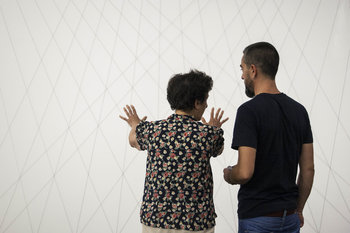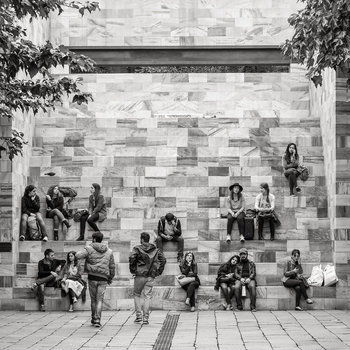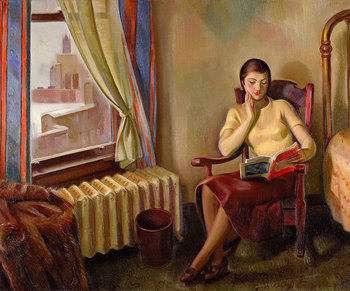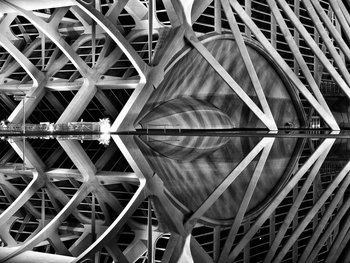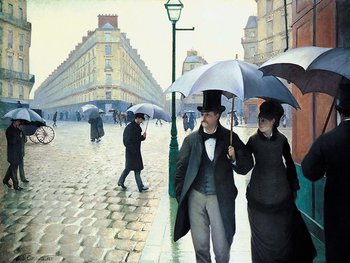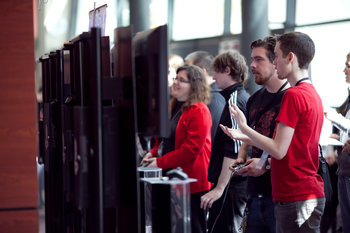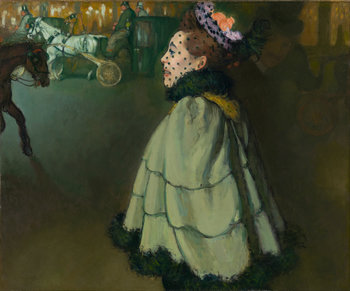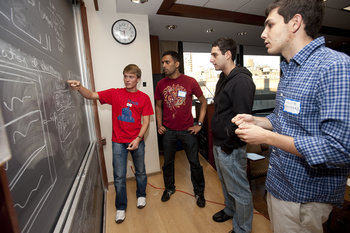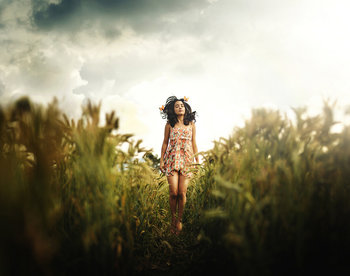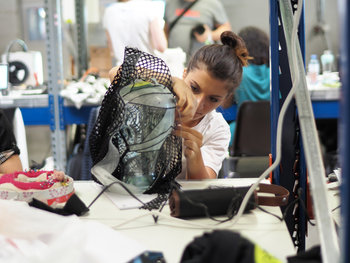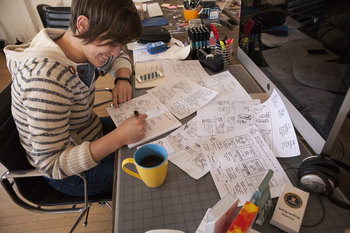
Design Value
Spirit of the times is a guideline or design value that suggests that design draw inspiration from current culture, subculture and super-culture. It is commonly applied to long-lived design such as architecture that will survive to represent your place and time.Example
Spirit of the times can be applied in a variety of ways. It suggests that it is not appealing to mimic the design of the past or to attempt to guess the design of the future. Rather, design is most appealing when it reflects the culture that is unfolding around you. It is common for architecture in particular to be considered a lasting symbol of an age. This can be applied to entire architectural styles that typically come and go within several decades. For example, Art Deco is symbolic of the early 20th century in its pursuit of exuberance, luxury, glamour and faith in social and technological progress that preceded the Great Depression and WWII.| Overview: Spirit Of The Times | ||
Type | ||
Definition | ||
Related Concepts | ||









